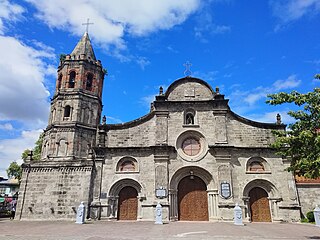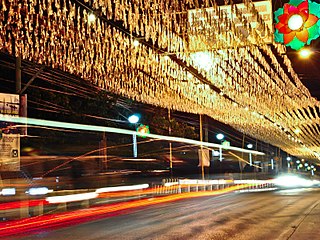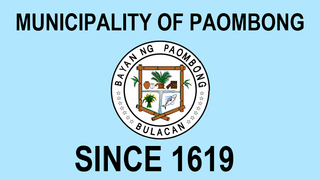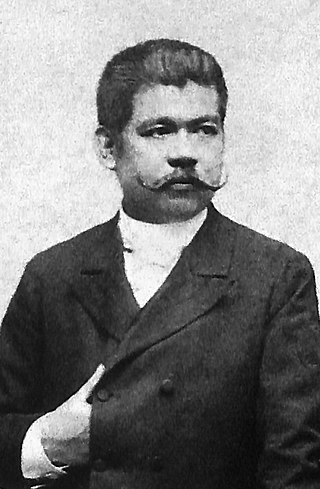This article needs additional citations for verification .(June 2017) |
 | |
 | |
| Established | 14 April 2013 |
|---|---|
| Coordinates | 14°50′29″N120°48′38″E / 14.84147°N 120.81045°E |
| Type | Historical and lifestyle museum |
| Curator | Carlo Herrera |
Building details | |
 | |
| Alternative names | Uitangcoy-Santos House |
| General information | |
| Type | House |
| Architectural style | Bahay na Bato |
| Address | FT Reyes Street |
| Town or city | Malolos, Bulacan |
| Country | Philippines |
| Construction started | 1914 |
| Technical details | |
| Material |
|
The Uitangcoy-Santos House (also known as the Museum of the Women of Malolos) is an early 20th-Century bay-na-bato structure along FT Reyes Street (formerly known as Calle Electricidad) in Barangay Sto. Nino, in the city of Malolos, Bulacan, in the Republic of the Philippines. The home belonged to Paulino Santos—a Propetario and Cabeza de Barangay, and Alberta Uitangcoy-Santos—who was the leader of The Women of Malolos, and is revered for her contributions to Philippine women's rights, the fight for Philippine independence, and a large part of Malolos' traditional cuisine during the Spanish and American colonial periods. The Uitangcoy-Santos House has been declared a national heritage house by the National Historical Commission of the Philippines, [1] and is currently a privately owned museum that houses four exhibit halls and a lecture hall. The museum currently showcases collections of surviving artifacts and other memorabilia relevant to the narrative of the women and the Uitangcoy-Santos family.
The house was built and completed in 1914, after the original 1890 structure was destroyed by a fire in 1910.
The Uitangcoy-Santos House is currently owned by Josefa Santos-Tibajia and Lourdes Santos-Herrera, granddaughters of Paulino Santos and Alberta Uitangcoy-Santos, and is under the care of the non-profit organization, the Women of Malolos Foundation Inc, which spearheaded initial efforts of restoration through their "Own a Piece of History, Adopt a Heritage House" project.
On 14 April 2013, the house turned into museum opened its doors to the public through a soft launch that was attended mostly by members of the Women of Malolos Foundation and descendants of the 20 women. [2]
The museum closed temporarily on 18 January 2017, after Carlo Herrera, a fifth-generation grandson of Alberta Uitangcoy, and then a senior Art Management student specializing in heritage curation and preservation at the Ateneo de Manila University, found that the conditions of the museum and its exhibits were unsatisfactory after a visit to his family's estate.[ citation needed ] After creating a blueprint for its restructuring, Herrera was named head curator of the museum by the owners and the usufructuary, then began work on the estate by conducting physical repairs, restoring and preserving all the decaying articles in the museum, re-curating the entire collection, and opening more exhibit halls after clearing out debris stuffed in the home.
On 12 March 2017, Herrera reopened the museum with a newly furnished and restored interior, along with world-class preservation units. Herrera launched a new tour program which he had produced and conducted himself for the museum and estate. The tours included a comprehensive lecture, visits to all four exhibit halls and two other heritage structures, and an interactive food-tasting exhibit of Alberta Uitangcoy's recipes prepared by Malolos locals. Tickets to the tours were sold via Herrera's website throughout February 2017, and were sold out in three weeks.[ citation needed ]
















